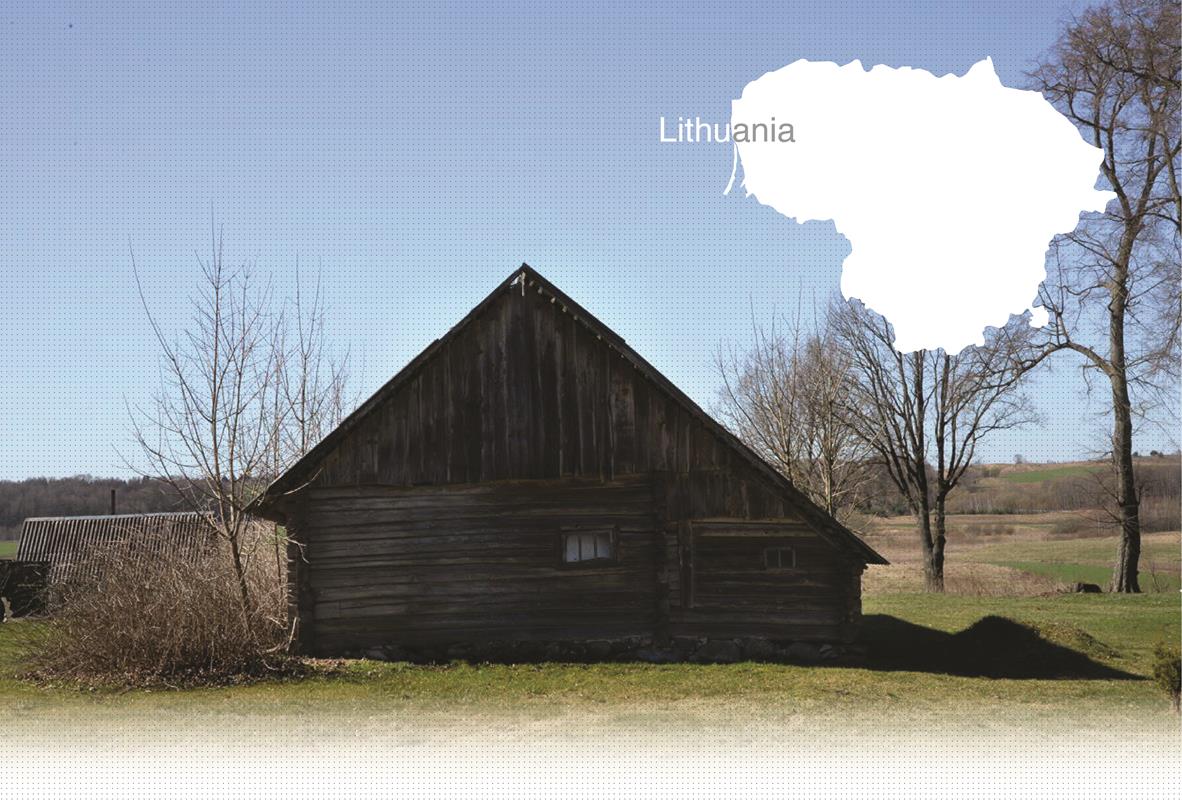

1 Killing site(s)
Witness Juozas B., born in 1927, remembers the first days of the German occupation: “The Germans did everything quickly. At first, they gathered all the men of the town, both Lithuanian and Jewish, on the other side of the border, in the German town of Širvinta. Then, they started checking the lists and selecting people. Ordinary townsmen were allowed to go home, and the others were shot later. My father was also taken for selection, but he knew the German language well, so he came back home very soon. Jews were told that they would be taken to dig peat, but in fact, they were brought to death.” (Testimony N°330, interviewed in Kudirkos Naumiestis, on November 3, 2016)
“In July of 1941, Lithuanian white partisans under the German command arrested all Jewish men. In total, more than 300 people were arrested and put in two sheds outside Naumiestis. In the evening of the first day, a group of Jews was shot at the Jewish cemetery. The shooting lasted until 2-3 AM. The rest were shot on the second day. […] After the shooting of Jewish men, the women and children continued to live in the town for two months, until September of 1941. The Jewish population was oppressed and was ordered to wear special signs; [they were] constantly abused and not allowed to use sidewalks. In September of 1941, all the Jewish women and children were arrested and shot by the Germans. The shooting was carried out in the Paražniai Forest. In total, around 800-900 people were shot.” [Deposition of Antanas Kinka, born in 1900, Lithuanian shoe-maker from Kudirkos Naumiestis, taken on April 7, 1945, RG-22.002M.7021-94/434, p. 27]
Kudirkos Naumiestis was named after the famous doctor, writer and author of the Lithuanian national anthem, Vincas Kudirka, in 1934, but from 1639 until 1934, it was known as Vladislavovas. Old tombstones in the town’s Jewish cemetery date back to the beginning of the 18th century. The town was repeatedly ravaged by wars, fires and epidemics, but continued growing due to its favorable location on the state border, good communication and trade with Germany. Germans would come to the town to buy cheaper food, providing additional income for the local producers and traders. Importing different goods from Germany was also a profitable business for the residents of Kudirkos Naumiestis. 2305 Jews lived in the town in 1908, but emigration and the First World War reduced this number to 981 by 1923. When the Nazis took power in Germany in 1933, they closed the border passage next to Kudirkos Naumiestis, significantly reducing the income of local traders and causing the closure of 24 shops. The Jewish population further decreased in the following years. About 800 Jews lived in the town in 1941, when Germany invaded the Soviet Union. This number included several dozen families expelled from Poland in 1939. The German army entered the town without resistance on the first day of the war, on June 22, 1941.
Several Jews became the victims of sporadic shootings on the first days of the war. Two of them were accused of killing a German soldier; one was shot when he opened the door to see what was happening outside. Anti-Jewish measures and forced labor were introduced in the very beginning of the German occupation. Jews were forced to work in road construction, street cleaning, etc. During the first week of July, all the Jewish men of the town were rounded up, forced to hand over their valuables and taken to the Jewish cemetery to be killed. The victims were brought in groups of 50, placed on the edge of the pit and shot. The next group of victims had to push the bodies that fell on the edge into the pit. In total, 192 people were killed during that mass shooting, including a number of Lithuanian communists. Executioners organized a celebration in the town on the same evening. Witnesses helped Yahad investigators locate another mass shooting site in the Kataučizna Forest, outside Kudirkos Naumiestis, where at least three survivors and escapees were shot. Their bodies were reburied in the town after the war. After the execution of men, Jewish women and children were forced to perform the same labor tasks. In the second half of August they were confined to a ghetto that was created on two streets of Kudirkos Naumiestis. They were kept there till mid-September and then were murdered in the Paražniai Forest, 4 km outside the town. According to witnesses interviewed by Yahad, mass shootings of Jews of Kudirkos Naumiestis and its surroundings also took place in Žyniai.
For information about the mass executions in Paražniai and Žyniai, please refer to the corresponding village profiles
Do you have additional information regarding a village that you would like to share with Yahad ?
Please contact us at contact@yahadinunum.org
or by calling Yahad – In Unum at +33 (0) 1 53 20 13 17